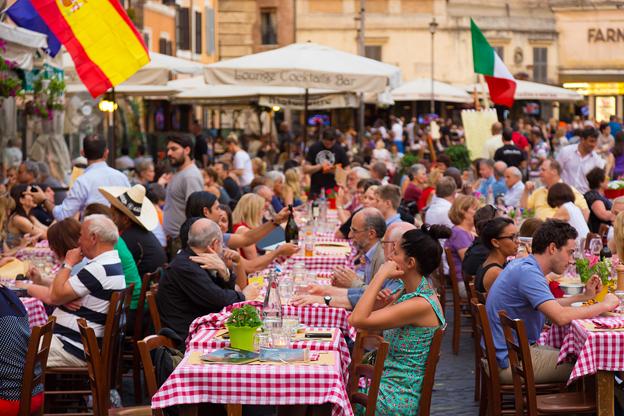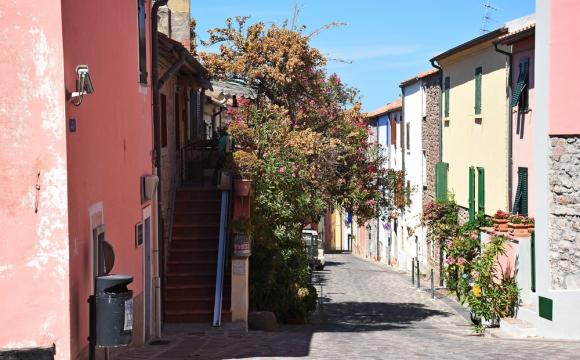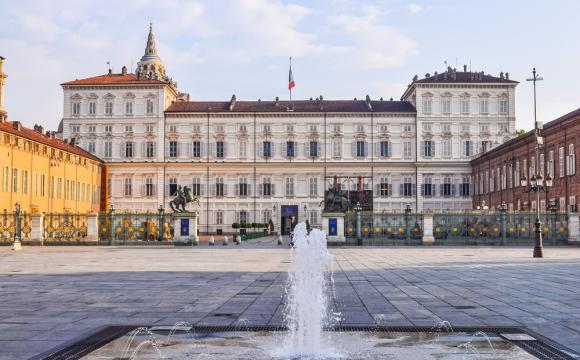Following on from our article about “Obtaining Italian Residency”, today we shall look at what you need to do if you plan to stay in Italy for up to three months.
When visiting Italy, under Italian law, every foreigner is considered to be either a tourist or a resident. All people visiting for up to 90 days are classified as tourists; this includes people arriving for business, students coming to undertake short-term studies and holiday makers.
Your legal requirements regarding a visit to Italy will depend upon your citizenship and sometimes your reason for entry into the country. EU citizens can freely enter Italy and no visa is required irrespective of the duration of the stay.
Not all non-EU citizens will require a visa to enter Italy if their intended stay is not going to exceed three months. A visa will be required for all non-EU citizens coming for longer than the 90 day threshold. The Italian embassy in your country of origin will be able to advise you on the type of visa required, which must be inserted into your passport prior to travelling.
For a list of countries whose citizens are exempt from visa requirements for short stays visit the Ministry of Foreign Affairs website.
People arriving from a Schengen country (one of the 26 European countries that have abolished passport control on their borders) must request a Dichiarazione di Presenza (Declaration of Presence) form from the local police station (Commissariato di zona or Questura) and submit it within eight days of arrival. For tourists staying at hotels this task will be undertaken for them by the reception staff during check-in. You may request a copy of the declaration, but there really is no need to.
If you are obliged to submit the declaration yourself and fail to do so within the eight day timeframe, you run the risk of being expelled from the country.
All citizens from non-Schengen countries, including the United States of America and Canada, arriving by air are automatically declared by the act of clearing passport control with the Italian border authorities at their time of arrival. Your passport should be stamped with a Schengen stamp which is the equivalent of a Declaration of Presence.













